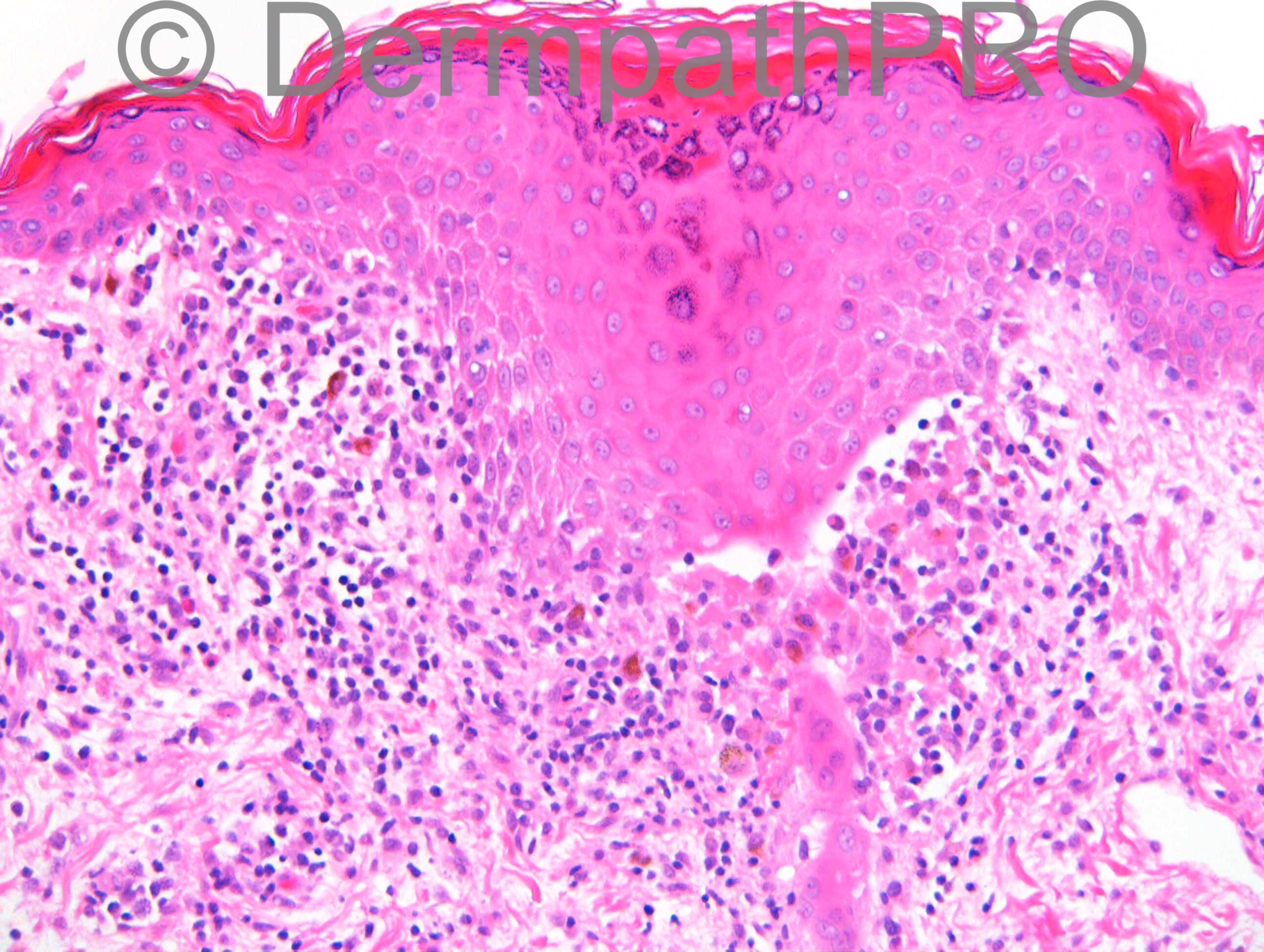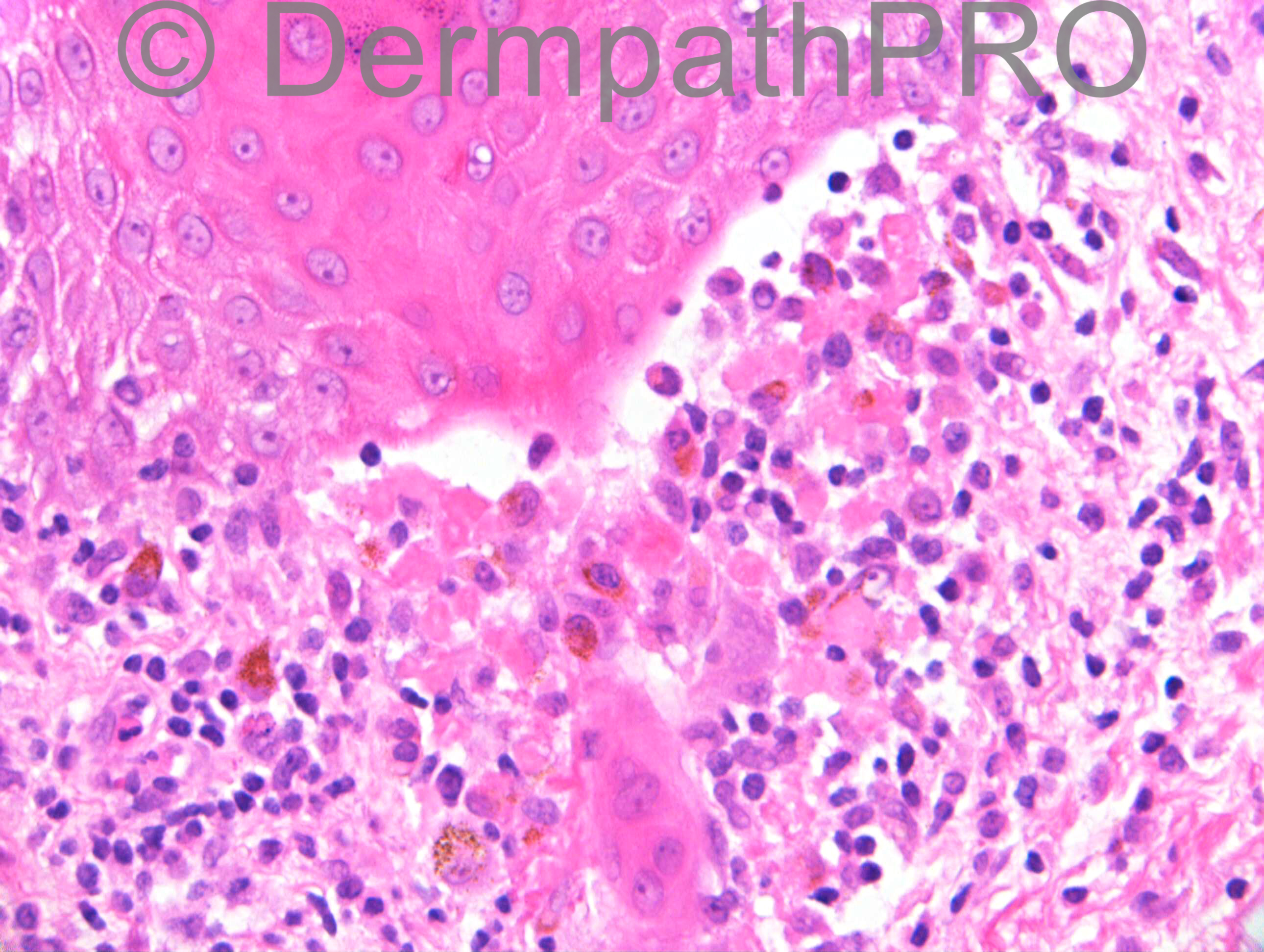Case Number : Case 1222 - 27 February Posted By: Guest
Please read the clinical history and view the images by clicking on them before you proffer your diagnosis.
Submitted Date :
F41. Small asymptomatic erythematous papules both axillae with marked post inflammatory hyperpigmentation. ?Dowling Degos, ?Pityriasis lichenoides – but localised, ??Darier’s.
Case posted by Dr Richard Carr
Case posted by Dr Richard Carr









Join the conversation
You can post now and register later. If you have an account, sign in now to post with your account.